Description
The “Arab Spring” reveals a deep-seated passion among Arabs: a passion for dissent and rejection, a passion that has characterized our history throughout its various phases. It is an integral part of the Arab political structure since the rise of the first Islamic state, the Caliphate.
This passion manifested in two forms: the first, an unorganized movement comprised of groups of individuals demanding greater freedoms and rights, particularly in the realm of knowledge, without direct interest in power; the second, an organized movement working primarily to seize power and assume its reins.
This historical reality confirms that revolution in Arab society can only occur through a complete break with its continuous past: not only with the ruling power, but also with its social, cultural, and religious structures and institutions.
The fall of these regimes, therefore, is not only a historical and cultural necessity, but also a human imperative. The Arab world has known much humiliation and degradation throughout its ancient history, but the culmination of this experience is found in its modern history, the history of the “Arab Spring”…
(From the author’s introduction)

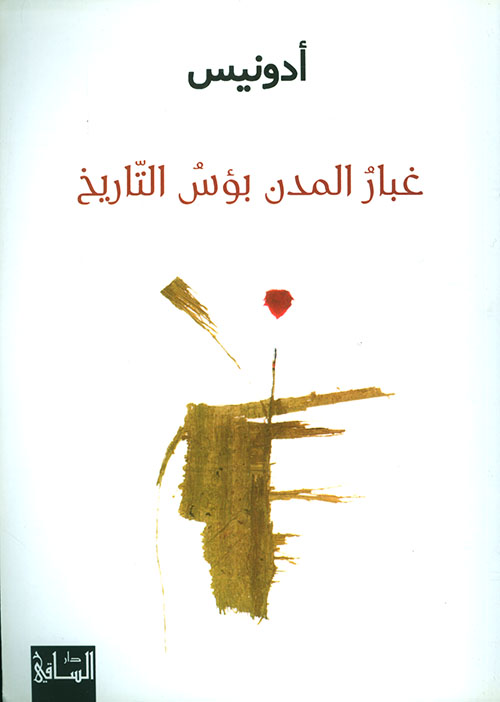
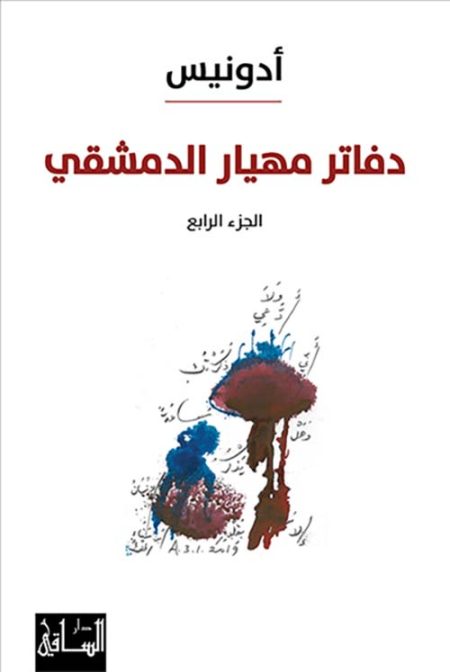

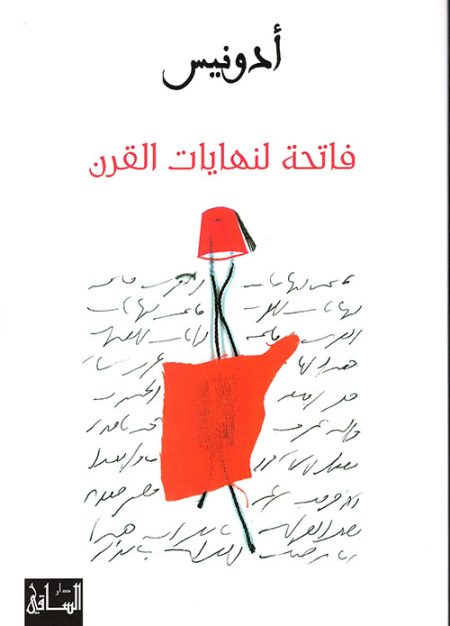

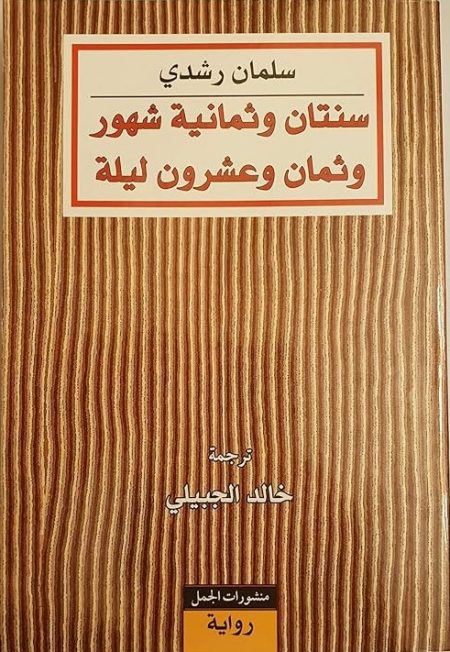
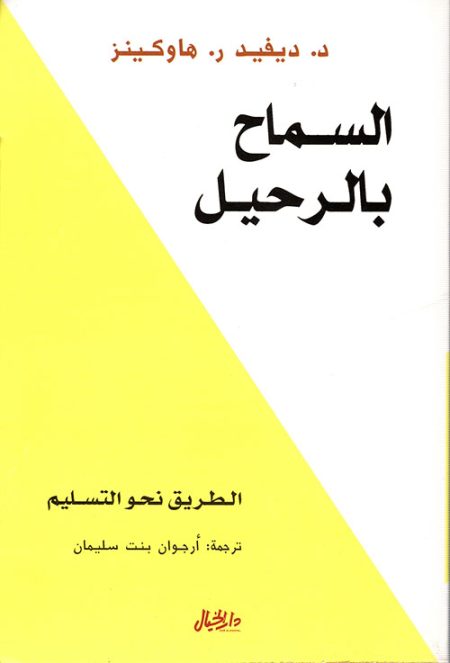



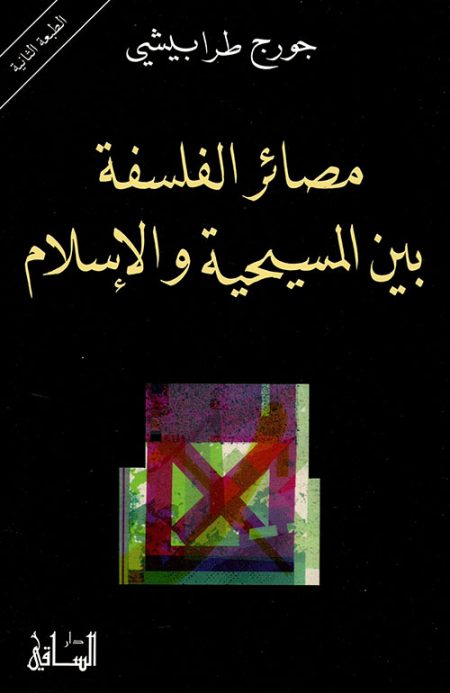


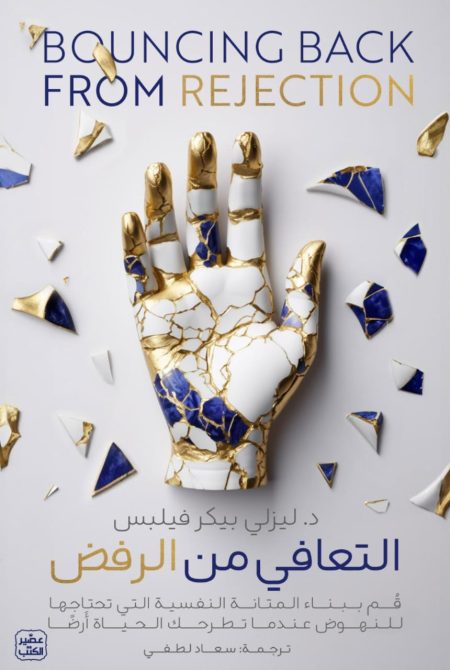
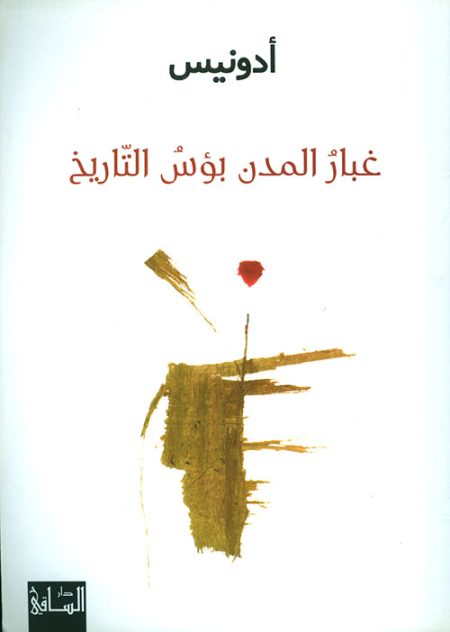
Reviews
There are no reviews yet.